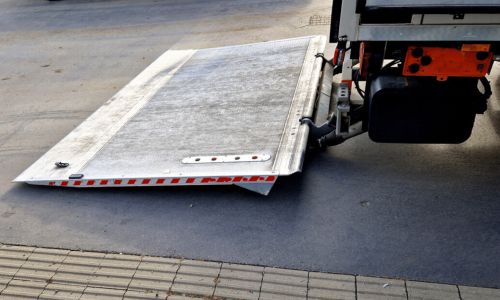Freight Claims
What are Freight Claims?
Freight claims serve as a critical component within the realm of logistics and transportation. It is the legal demand for compensation for loss or damaged goods. There are three different types of freight claims:
- Damage (replacement, repair, or allowance)
- Non-Delivery
- Shortage
When you work with Complete Shipping Solutions, we will act as your advocate offering full claims process assistance and a structured approach.
Standard Liability
When you move freight, most carriers are bound by a legal responsibility for the goods they transport. Though, every carrier has their own set of terms and conditions regarding freight claims, below shows the general carrier liability for most Canada and USA carriers.
Please note: International shipments have zero cargo liabilities. $2 per lb is only applicable in Canada and the USA.
Steps to Protecting Your Shipment
While our team does provide assistance if a claim should arise, it is never ideal for a claim to occur. It is not only your responsibility but also in your best interest to do everything you can to prevent loss or damage to your shipments. We call this “Due Diligence”. This involves proper packaging, communication with your customers, and implementing best practices into your processes.
Proper Packaging and Labeling:
- Use appropriate packaging materials to protect your goods during transit. Consider the fragility and nature of the items being shipped. Will your product be safest in a cardboard box, loose on a skid, or enclosed in a plywood crate?
- Ensure packages are securely sealed/secured to prevent any damage or tampering. If on a skid or pallet, is there an overhang? Is the freight appropriately strapped down? Are there any lifts on the packing tape?
- Clearly label packages with necessary information such as addresses, tracking numbers, and handling instructions. Our SMARTT Shipping platform can help by creating shipping labels and bills of lading. Use shipping labels on every side of a wrapped pallet, if possible.
- Use slip sheets between layers and/or shrink-wrap for stability.
- Consider the benefits of fully enclosed crates vs. open crates, as well as bracing and dunnage.
- When shipping cardboard cartons on a skid, the best practice is to stack them in a pattern that places the strongest points directly on top of one another as opposed to an interlocking pattern (as it reduces its strength).
- Ensure the freight does not “overhang”. The freight should fit completely on a pallet/skid.
- Purge freight of any liquids prior to shipping. Should freight leak, you could be liable for any damages. If you are shipping an engine, transmission, or other auto parts that require purging, consider bagging the freight to minimize the risk.
Accurate Documentation
- Ensure the accuracy of the details on your bill of ladings, shipping labels, and customs documents (if applicable).
- Errors or discrepancies could cause delays or
- Detailed description of the freight. Should the freight need to be found, a detailed description is vital.
Proper Loading and Unloading
- Ensure proper loading techniques, including securing the freight to prevent shifting during transit. Request the carrier bring straps or load bars if required.
- Provide clear instructions to loading and unloading personnel to handle packages with care.
- Use appropriate equipment, such as forklifts or pallet jacks, to prevent damage during loading and unloading.
Inspection and Documentation at Delivery
- If you are the recipient, make sure to inspect delivered packages upon receipt for any visible signs of damage or tampering. If you are shipping to your customer, advise them to do the same.
- If damage is observed, note it on the delivery receipt or bill of lading before signing.
- Take photographs of any damaged packages as visual evidence.
Communication and Reporting
- Promptly report any loss, damage, or discrepancies to Complete Shipping Solutions.
- Provide detailed information and supporting documentation, such as photographs, invoices, and packing slips, when filing a claim.
Extra Insurance Coverage
- Consider obtaining extra insurance coverage to protect your goods during transit.
- Review insurance policies for coverage limits, exclusions, and claim procedures.
- The insured value of your shipments must be 100% of its invoice value.
Continuous Improvement
- Regularly evaluate your claims data to identify recurring issues or patterns.
- Implement corrective actions to address identified weaknesses or areas for improvement in your shipping procedures.
Shipper’s Risk
“At Shipper’s Risk” is a way for carriers to indicate that they are willing to transport certain items that may carry a higher risk of damage but that the shipper assumes responsibility for any potential losses. Shippers need to carefully review the carrier’s terms, conditions, and guidelines before sending such items to ensure proper packaging and protection to minimize the risk of damage during transit.
At the end of the day, it is in the carrier’s direction whether they will accept and move your shipment or not.
The Most Common Reasons Why Extra Insurance Claims Get Denied
- Improper packaging
- Shipper’s Risk (see above)
- Signing the POD as clear without inspection
- Failing to meet the filing deadlines
- Insufficient evidence, documentation, and missing pre/post shipment photos
- Failure to mitigate damages

explore logistics with Our complete shipping solutions Blog





